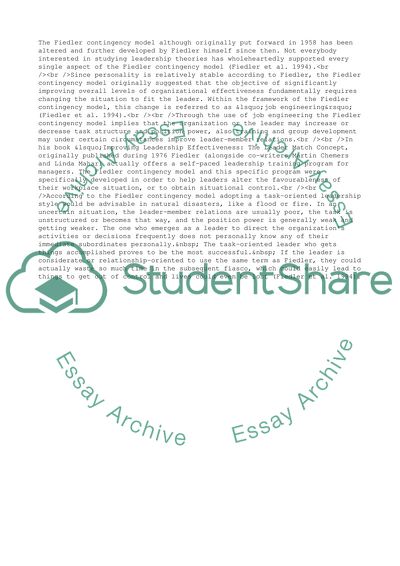Cite this document
(Organisation Behaviour Coursework Example | Topics and Well Written Essays - 1500 words, n.d.)
Organisation Behaviour Coursework Example | Topics and Well Written Essays - 1500 words. https://studentshare.org/management/1719730-organisation-behaviour
Organisation Behaviour Coursework Example | Topics and Well Written Essays - 1500 words. https://studentshare.org/management/1719730-organisation-behaviour
(Organisation Behaviour Coursework Example | Topics and Well Written Essays - 1500 Words)
Organisation Behaviour Coursework Example | Topics and Well Written Essays - 1500 Words. https://studentshare.org/management/1719730-organisation-behaviour.
Organisation Behaviour Coursework Example | Topics and Well Written Essays - 1500 Words. https://studentshare.org/management/1719730-organisation-behaviour.
“Organisation Behaviour Coursework Example | Topics and Well Written Essays - 1500 Words”. https://studentshare.org/management/1719730-organisation-behaviour.


